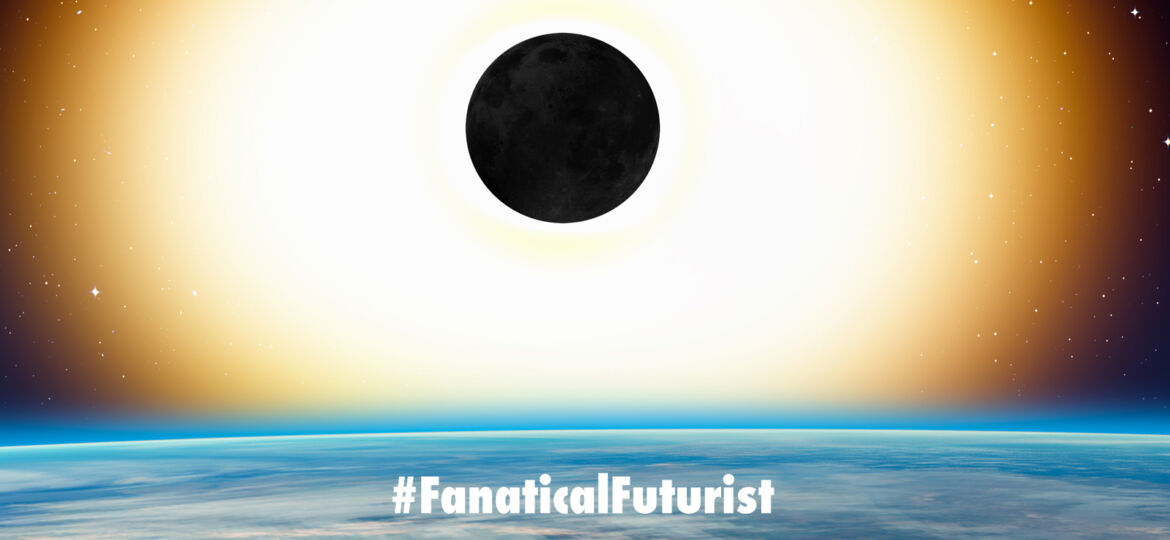
WHY THIS MATTERS IN BRIEF
The technology we’re developing as a society is increasingly making sci-fi look tame, and we are only just beginning.
 Love the Exponential Future? Join our XPotential Community, future proof yourself with courses from XPotential University, connect, watch a keynote, or browse my blog.
Love the Exponential Future? Join our XPotential Community, future proof yourself with courses from XPotential University, connect, watch a keynote, or browse my blog.
In the past few years we’ve done some spectacular stuff including building molecular black holes on Earth, creating the first magnetic wormholes, and figuring out how to move the entire universe using something called a Stellar Engine. Now though scientists have upped the ante again and essentially created a White Dwarf Star right here on Earth using a machine that sounds straight out of science fiction itself – the Z Machine.
The Z Machine at Sandia National Laboratories in Albuquerque, New Mexico is the stuff of comic book legend. The massive X-ray generator is capable of creating what astronomer Don Winget calls “star stuff” – the same dense plasma that makes up the universe’s white dwarf stars.
Go inside the Z Machine
According to the University of Texas, for a few nanoseconds the Z Machine creates an electrical current so strong that it equals more than six times the total amount of energy released by all of the power plants in the entire world. Then, in a chamber about the size of a Twinkie, tungsten wires are vaporised by the electricity and hydrogen plasma is formed along with a magnetic field that causes it to implode.
This is where a mild-mannered scientist would gain super powers if we were talking about a comic book. As the magnetic field “pinches” the plasma for an incredibly brief moment, the result is a massive burst of X-ray radiation and the formation of a tiny piece of white dwarf star, which is 10,000 times more dense than the surface of our sun.
Winget describes seeing a bright flash of light and feeling a giant boom move through him, followed by the rise and fall of a seismic wave that causes concentric circles of dust to expand outward from the laboratory.
All of this takes place in a giant chamber that measures 100 feet across and 20 feet high, originally built to model nuclear weapons. Now Winget and his team hope to use it to study how stars are formed and what goes on in the center of them.
It could also be a step towards harnessing nuclear fusion to meet the Earth’s growing energy needs. For now it’s the best alternative we have to simply observing stars from across the galaxy, as Winget expressed in an E-Mail to his co-worker after first replicating the “star stuff”:
“Today you, and everyone else on the planet, were closer to a white dwarf photosphere than anyone has ever been … the spectrograph was 5cm away — much better than 30-700 light years we are used to!” it said.
















